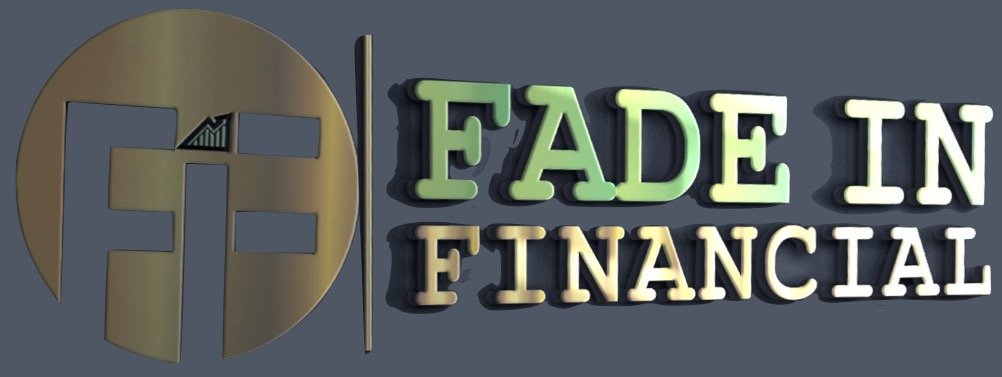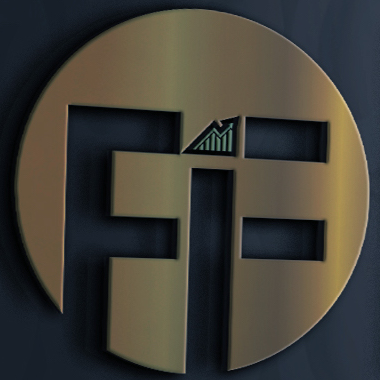Part 1 - What To Do During A Recession or Market Pullback (Budgeting and Emergency Fund)
TRANSCRIPT:
Hi Greg Vojtanek here of Fade In Financial. Welcome to part one of a series called “What to do during a recession or market pullback.” Today I’m going to be discussing cash flow & budgeting along with an emergency fund.
The first thing is to reexamine your budget. Look for areas where you can reduce spending, especially in those discretionary expenses or flexible expenses. You probably know what those are, but make sure you’re getting into the details of your budget. Don’t just have it in your head. Lay it out in a spreadsheet or an app.
If you see any shortfalls, fund it strategically using available cash instead of taking on more debt. You may need to prioritize your obligations and take advantage of opportunities to extend any due dates of payments, alter your payment schedule. For example, some people don’t like having all of their payments debited on the first of each month. You can stagger it throughout the month.
Try to minimize fees, penalties, and any negative impact upon on your credit. Credit card companies can be surprisingly understanding if you just make a phone call.
Now let’s talk about your emergency fund. Reassess your emergency fund. See how many months it can sustain your current living expenses. Which also goes back to the first step of reevaluating your budget. Because if you’re going to reduce some of those flexible expenses, now you may have to adjust your emergency fund.
So those are just two of the things I want to cover here in the first video of this series. Stay tuned for the next one. As always, your situation is different. Do what is right for you. I’ll see you in the next video. Thanks for watching.






